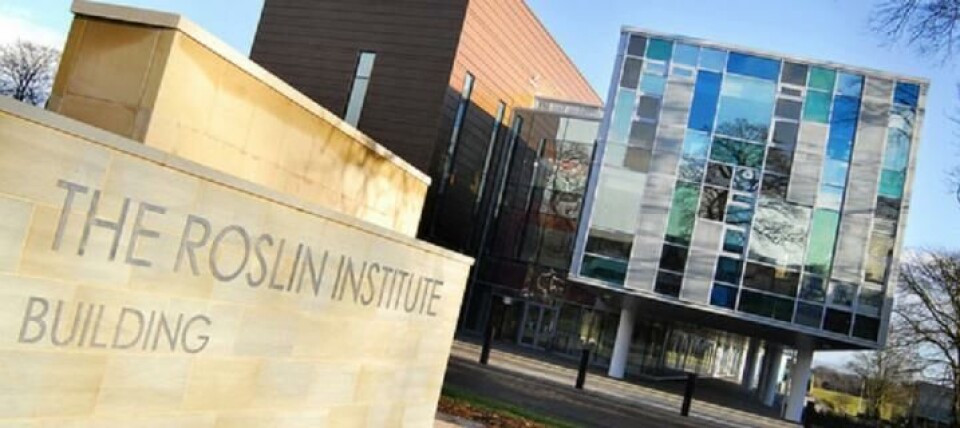
Researchers get under the skin of lice resistance
Work by scientists in Scotland and Chile has identified genetic responses that may help breed salmon that are more resistant to sea lice.
The researchers from Edinburgh University’s Roslin Institute and the University of Chile in Santiago used RNA sequencing to study the skin transcriptome – the sum total of messenger molecules expressed - of Atlantic salmon parasitised with southern hemisphere louse Caligus rogercresseyi.
In the experiment, 2,668 Atlantic salmon pre-smolts with an average weight of 136g from 104 families from the breeding population of AquaInnovo (Salmones Chaicas, Xth Region, Chile), were challenged with the lice.
Varying resistance
Lice infestation was carried out by using 13–24 copepodids per fish and stopping the water flow for six hours after infestation. Eight days after the infestation fish were euthanised and fins from each fish were collected and fixed for processing and lice counting. 42 samples from 21 fish from six different families (2-5 fish per family) were selected for RNA sequencing based on the number of sea lice attached to their fins and growth during challenge.
In a paper on the project, the researchers say the overall aims were to compare the transcriptomic profile of skin at louse attachment sites and “healthy” skin, and to assess differences in gene expression response between animals with varying levels of resistance to the parasite.
Immune response
Fish were classified into family-balanced groups according to the traits of resistance (high vs. low lice count), and growth during infestation.
Overall comparison of skin from louse attachment sites vs. healthy skin showed that 4,355 genes were differentially expressed. Comparison between resistant and susceptible fish highlighted expression differences in several immune response and pattern recognition genes, and also myogenic and iron availability factors.
In conclusion, the authors say the study contributes to an improved understanding of Atlantic salmon early response to sea lice in skin, and into the gene expression profiles underpinning genetic resistance to sea lice in salmon.
Future studies
They add that the identified pathways and genes may be targets for future studies aimed at development of new treatments, vaccines, or prevention strategies. The data can also be cross-referenced with high power genome-wide association studies to help prioritise putative causative genes and variants that have potential to improve genomic selection programs for genetic improvement of resistance to lice.
The full article, Gene Expression Response to Sea Lice in Atlantic Salmon Skin: RNA Sequencing Comparison Between Resistant and Susceptible Animals, is published in Frontiers in Genetics and can be read here.
The authors of the work are Diego Robledo, Alejandro P Gutiérrez, Agustín Barría, José M Yáñez and Ross Houston.






















































